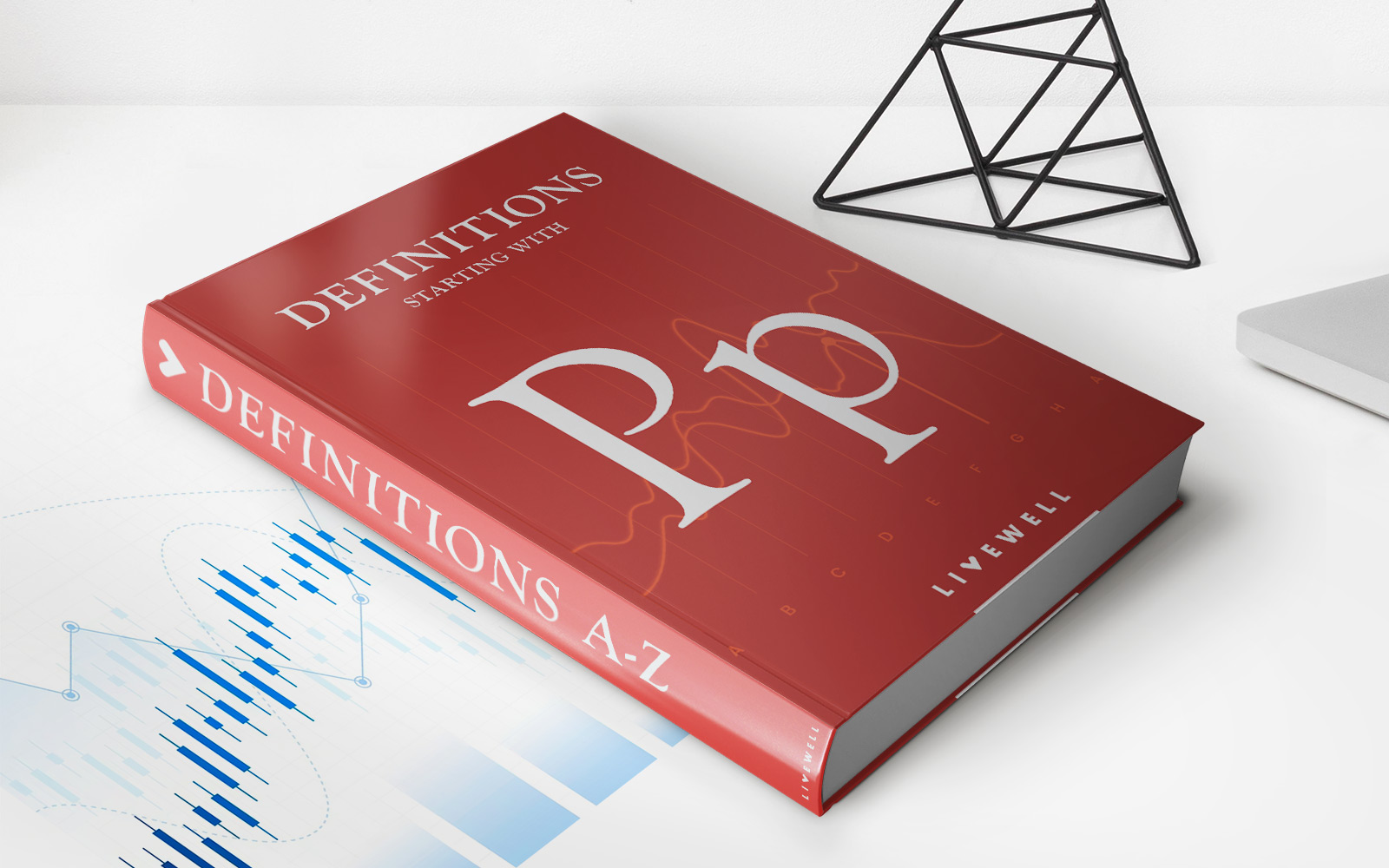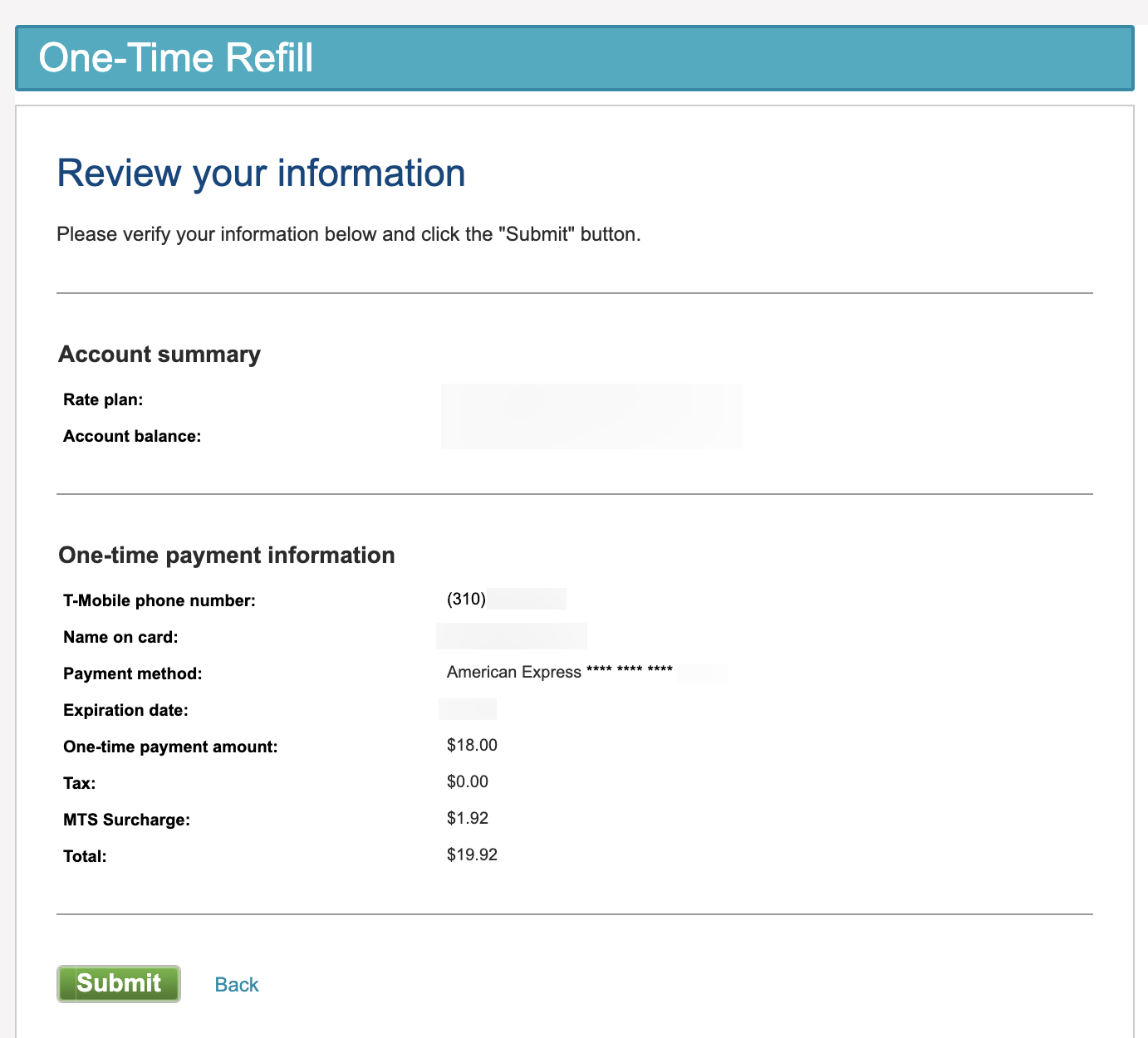

Finance
What Are P&L Statements?
Published: February 29, 2024
Learn the importance of P&L statements in finance and how they can help you track your company's profitability and financial performance. Discover key insights into managing your business finances effectively.
(Many of the links in this article redirect to a specific reviewed product. Your purchase of these products through affiliate links helps to generate commission for LiveWell, at no extra cost. Learn more)
Table of Contents
Introduction
Understanding the financial health of a business is crucial for decision-making and long-term success. One of the key tools used for this purpose is the Profit and Loss (P&L) statement. This financial document provides a comprehensive overview of a company's revenues, costs, and expenses during a specific period, offering valuable insights into its profitability and operational efficiency.
A P&L statement, also known as an income statement, is a fundamental component of financial reporting and is utilized by businesses of all sizes, from small startups to multinational corporations. It serves as a vital indicator of a company's ability to generate profits from its core operations and is closely scrutinized by investors, creditors, and internal management to assess performance and make informed strategic decisions.
In this article, we will delve into the intricacies of P&L statements, exploring their components, significance, and the methods used to analyze them effectively. By gaining a comprehensive understanding of P&L statements, readers will be better equipped to interpret these financial documents and leverage the valuable insights they provide to drive business growth and financial stability.
What is a P&L Statement?
A Profit and Loss (P&L) statement is a financial document that provides a summary of a company’s revenues, costs, and expenses during a specific period, typically a fiscal quarter or year. It serves as a crucial indicator of a business’s ability to generate profits from its core operations. The P&L statement is a key component of a company’s financial reporting and is used to assess its financial performance over a defined timeframe.
The primary objective of a P&L statement is to outline the net profit or loss incurred by a business after accounting for all revenues and expenses. This statement offers a comprehensive view of the company’s financial health, detailing the sources of income, the costs associated with generating that income, and the resulting profitability. By analyzing the P&L statement, stakeholders can gain valuable insights into the operational efficiency, revenue trends, and cost management practices of the business.
Moreover, the P&L statement provides a clear delineation between operating and non-operating income and expenses, enabling a thorough assessment of the core business activities and the impact of non-recurring or extraordinary items on the overall financial performance. This distinction is essential for understanding the sustainable profitability of the business and identifying areas for improvement.
Overall, the P&L statement serves as a vital tool for investors, creditors, and internal management, offering a comprehensive overview of a company’s financial performance and its ability to generate profits from its day-to-day operations.
Components of a P&L Statement
A P&L statement comprises several key components that collectively provide a comprehensive overview of a company’s financial performance. Understanding these components is essential for interpreting the statement effectively and deriving meaningful insights into the business’s profitability and operational efficiency.
1. Revenue: The top line of the P&L statement, revenue represents the total income generated from the sale of goods or services. It is a fundamental indicator of the business’s ability to generate income from its core operations.
2. Cost of Goods Sold (COGS): This section encompasses the direct costs associated with producing the goods sold by the company. It includes expenses such as raw materials, labor, and manufacturing overhead. The variance between revenue and COGS determines the gross profit margin.
3. Gross Profit: Calculated by subtracting the COGS from the total revenue, the gross profit represents the income remaining after accounting for the direct costs of production. It is a critical measure of the business’s profitability at the most fundamental level.
4. Operating Expenses: This category includes all expenses not directly related to the production of goods, such as marketing costs, salaries, rent, utilities, and administrative expenses. These costs are subtracted from the gross profit to determine the operating profit.
5. Operating Profit: Also known as earnings before interest and taxes (EBIT), the operating profit reflects the income derived from the core business activities before accounting for interest and taxes. It provides insights into the profitability of the company’s primary operations.
6. Non-Operating Items: This section encompasses income and expenses unrelated to the core business operations, such as investment income, interest expenses, and one-time gains or losses. These items can significantly impact the overall profitability of the business.
7. Net Profit: The bottom line of the P&L statement, net profit represents the residual income after deducting all expenses, including taxes and interest, from the total revenue. It is a key indicator of the company’s overall profitability.
By analyzing these components collectively, stakeholders can gain a comprehensive understanding of the company’s revenue streams, cost structures, and overall financial performance, enabling informed decision-making and strategic planning.
Importance of P&L Statements
The Profit and Loss (P&L) statement holds significant importance for businesses and stakeholders due to its multifaceted role in assessing financial performance, facilitating decision-making, and providing insights into the overall health of the company.
1. Performance Evaluation: P&L statements serve as a vital tool for evaluating a company’s financial performance over a specific period, offering a comprehensive overview of its revenue generation, cost management, and profitability. This evaluation is crucial for identifying trends, assessing growth trajectories, and making data-driven decisions to enhance operational efficiency.
2. Strategic Decision-Making: By analyzing P&L statements, management teams can make informed strategic decisions regarding resource allocation, pricing strategies, cost control measures, and expansion plans. The insights derived from these statements enable proactive adjustments to business strategies, fostering sustainable growth and competitive advantage.
3. Investor and Creditor Confidence: P&L statements play a pivotal role in instilling confidence in investors and creditors by providing transparent visibility into a company’s financial performance. These stakeholders rely on P&L statements to assess the company’s profitability, liquidity, and overall financial stability, influencing investment decisions and credit terms.
4. Budgeting and Forecasting: P&L statements are instrumental in the budgeting and forecasting processes, enabling businesses to set realistic financial targets, allocate resources effectively, and anticipate potential challenges. They provide a historical reference point for projecting future financial performance and formulating achievable business objectives.
5. Performance Benchmarking: Comparative analysis of P&L statements across different periods or against industry benchmarks allows businesses to gauge their performance relative to peers and industry standards. This benchmarking aids in identifying areas for improvement, optimizing cost structures, and enhancing competitive positioning.
6. Transparency and Accountability: P&L statements promote transparency and accountability within an organization by offering a clear breakdown of revenues, expenses, and profitability. This transparency fosters trust among stakeholders and encourages responsible financial management practices.
Overall, P&L statements are indispensable for businesses, as they provide a comprehensive depiction of financial performance, support strategic decision-making, and instill confidence among stakeholders, ultimately contributing to the long-term success and sustainability of the company.
How to Analyze a P&L Statement
Effectively analyzing a Profit and Loss (P&L) statement is essential for gaining valuable insights into a company’s financial performance and identifying areas for improvement. Here are key steps to analyze a P&L statement comprehensively:
1. Review Revenue Trends: Begin by assessing the trend in revenue over multiple periods to identify growth patterns or potential fluctuations. Understanding the factors influencing revenue variations is crucial for strategic planning and forecasting.
2. Evaluate Gross Profit Margin: Analyze the gross profit margin to ascertain the efficiency of the company’s core operations. A declining margin may indicate escalating production costs or pricing pressure, necessitating a closer examination of cost structures and pricing strategies.
3. Scrutinize Operating Expenses: Assess the trend and composition of operating expenses to identify areas of cost escalation or inefficiencies. This analysis can reveal opportunities for cost optimization and resource reallocation.
4. Compare Operating Profit Margin: Examine the operating profit margin to gauge the profitability of the company’s primary business activities. A declining margin may necessitate strategic adjustments to enhance operational efficiency and profitability.
5. Assess Non-Operating Items: Evaluate non-operating income and expenses to discern their impact on the overall profitability. One-time gains or losses can significantly influence the bottom line and should be considered when forecasting future financial performance.
6. Analyze Net Profit and Earnings Per Share (EPS): The net profit provides a comprehensive view of the company’s overall profitability, while EPS reflects the earnings attributable to each outstanding share of common stock. These metrics are critical for assessing the company’s financial health and investor appeal.
7. Conduct Comparative Analysis: Compare the current P&L statement with historical statements and industry benchmarks to identify performance trends and measure the company’s performance against peers. This comparative analysis offers valuable context for identifying strengths and weaknesses.
8. Identify Key Performance Indicators (KPIs): Determine relevant KPIs, such as return on investment (ROI), asset turnover, and profit margin, to gain a deeper understanding of the company’s financial performance and operational efficiency.
9. Consider Qualitative Factors: While quantitative analysis is essential, qualitative factors such as market dynamics, industry trends, and competitive landscape should also be considered to contextualize the financial performance and anticipate future challenges and opportunities.
By following these steps and conducting a thorough analysis of the P&L statement, stakeholders can gain valuable insights into the company’s financial performance, identify areas for improvement, and make informed decisions to drive sustainable growth and profitability.
Conclusion
The Profit and Loss (P&L) statement stands as a cornerstone of financial reporting, offering a comprehensive depiction of a company’s revenue, costs, and profitability over a specific period. Its significance extends beyond mere numbers, as it serves as a powerful tool for assessing performance, facilitating decision-making, and fostering transparency within an organization.
By understanding the components of a P&L statement, stakeholders gain valuable insights into the dynamics of revenue generation, cost management, and overall financial health. The revenue trends, gross profit margin, operating expenses, and net profit collectively provide a holistic view of a company’s financial performance, guiding strategic decisions and operational adjustments.
Moreover, the importance of P&L statements in instilling investor and creditor confidence, supporting budgeting and forecasting processes, and enabling performance benchmarking cannot be overstated. These statements serve as a barometer of a company’s financial stability and operational efficiency, influencing investment decisions, credit terms, and strategic planning.
Analyzing a P&L statement requires a multifaceted approach, encompassing quantitative assessment, comparative analysis, and consideration of qualitative factors. By delving into revenue trends, operating expenses, and non-operating items, stakeholders can derive actionable insights to drive sustainable growth and financial stability.
Ultimately, the ability to interpret and analyze P&L statements effectively empowers businesses to make informed decisions, optimize resource allocation, and navigate the complexities of the ever-evolving market landscape. By leveraging the insights gleaned from P&L statements, companies can chart a course toward enhanced profitability, operational efficiency, and long-term success.
In conclusion, the P&L statement serves as a compass for navigating the intricacies of financial performance, guiding businesses toward informed decision-making, strategic agility, and sustained profitability in a dynamic and competitive business environment.














